The model was on loan from the Lewes Railway Land Wildlife Trust, and illustrated how pollution affects the chalk aquifer through water colour paints, sponge and ‘rain’ water, including how it can travel more quickly through fissures and soakaways.
More than 30 children got involved on the day, giving the team chance to explain about ways in which we can prevent pollution through working with farmers on land management techniques, developing urban rainscapes to tackle polluted road surface water run-off and by building up awareness, understanding and knowledge to deal with the problem.
The project is a collaboration between the South Downs National Park Authority, the Environment Agency, Southern Water, the University of Brighton and Brighton & Hove City Council, working together with Natural England and the Brighton and Lewes Downs UNESCO Biosphere (the Living Coast) to protect the aquifer.


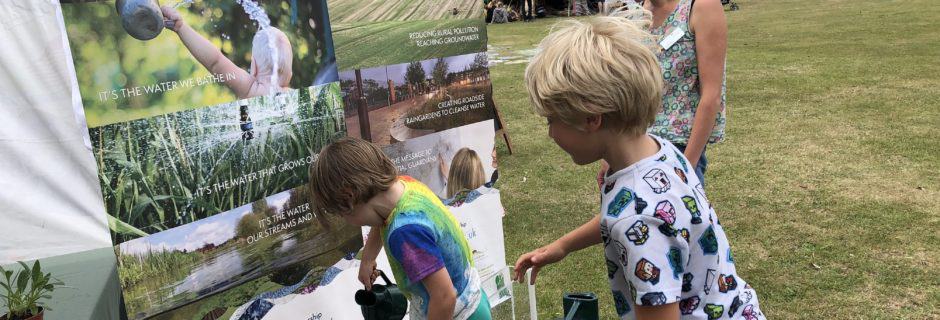
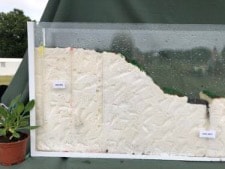
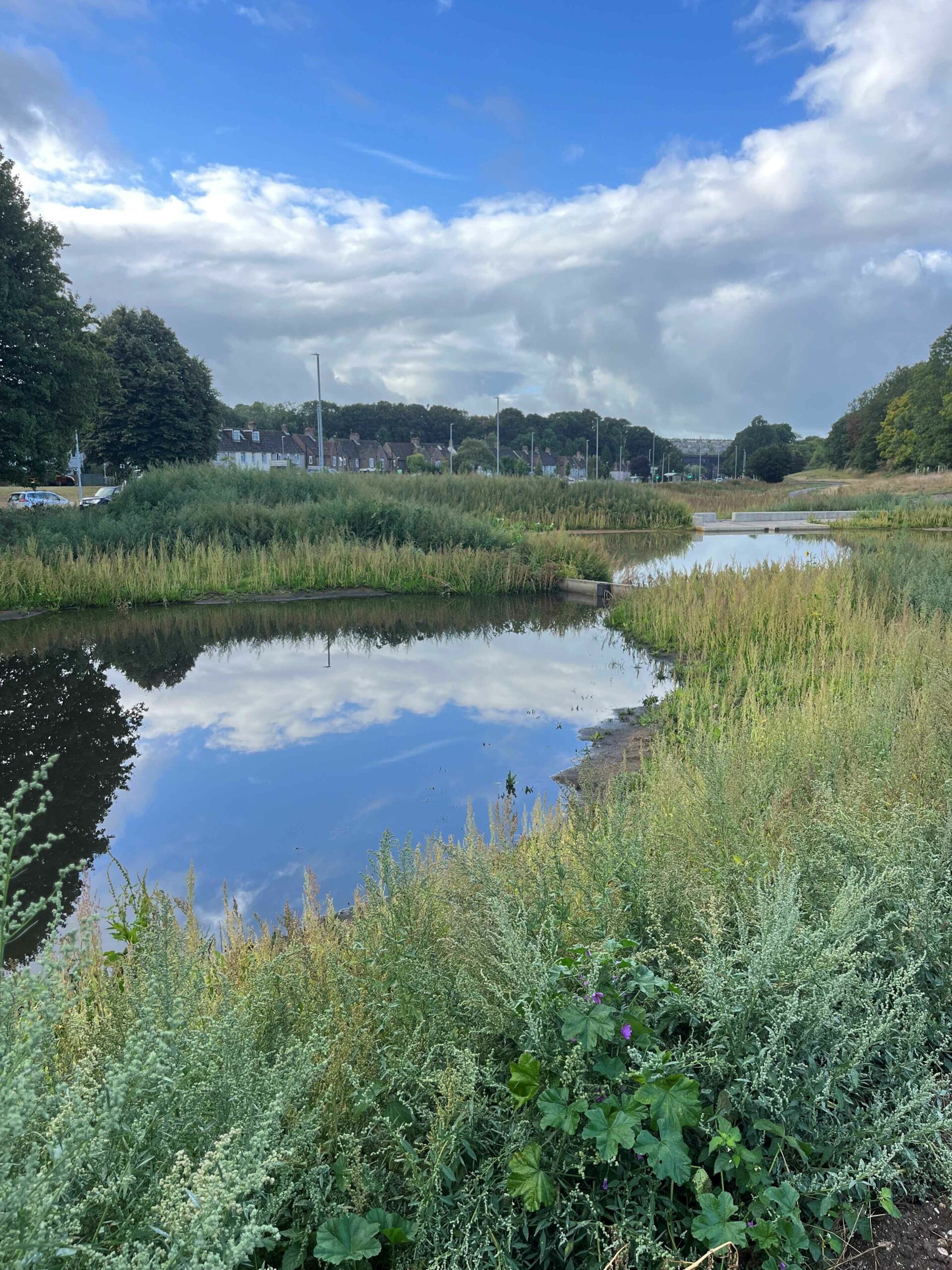
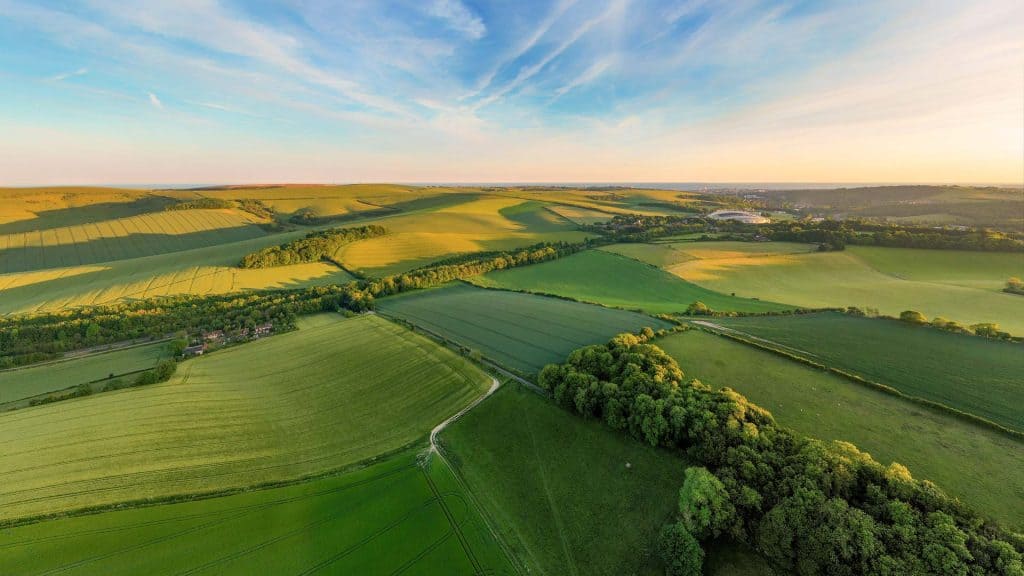
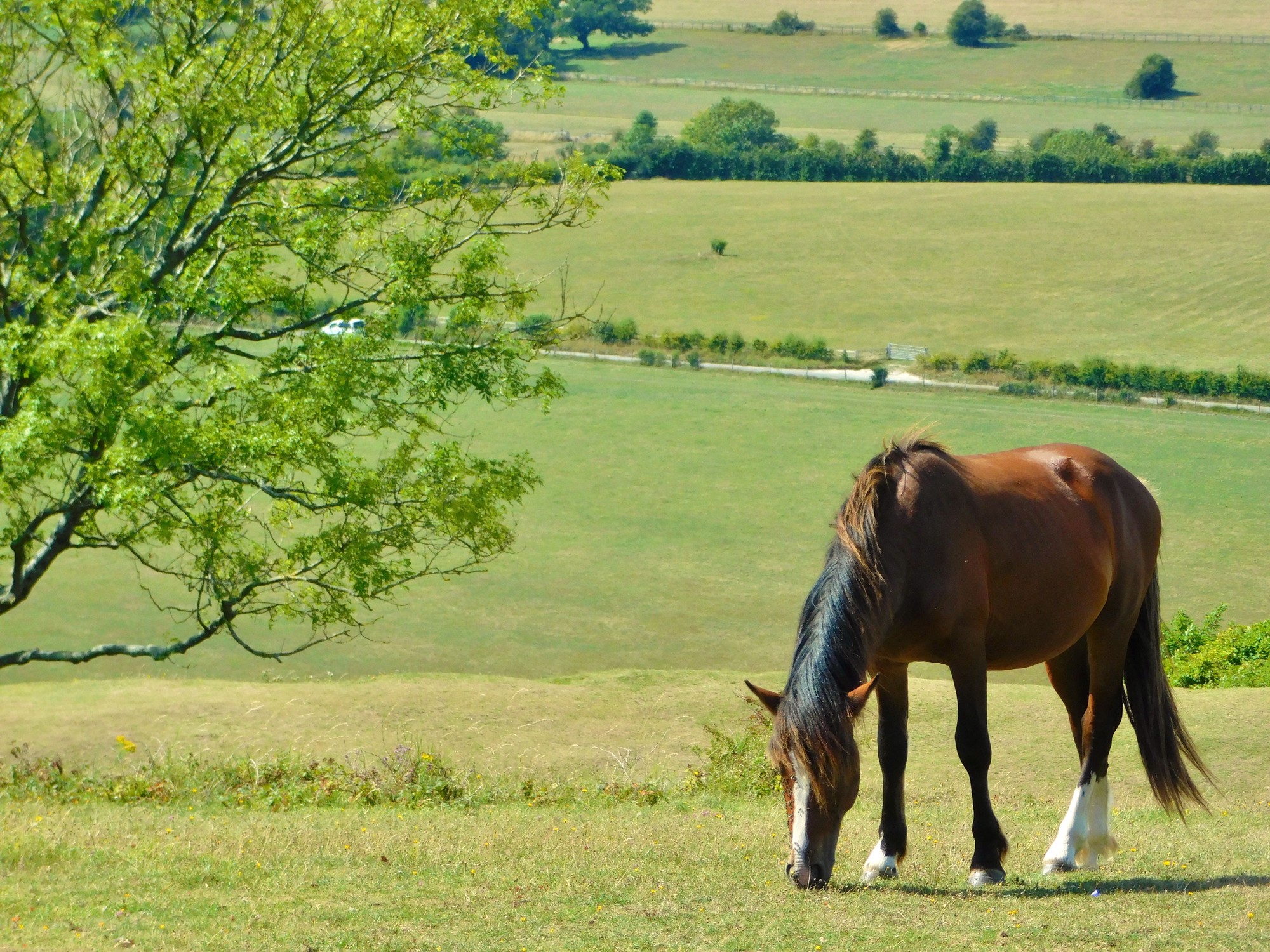

 Chrome
Chrome
 FireFox
FireFox
 Edge
Edge